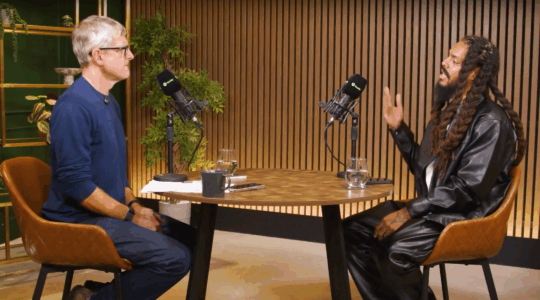Most people have a definite mental image of what matzah should look like: It’s evenly perforated, crunchy, and square. However, if you showed a piece of contemporary Manischewitz matzah to a Jew of the past–whether they lived 200 years ago or 2000–it wouldn’t look anything like their matzah, which was most likely round, soft, and chewy.
According to Jewish law, matzah may only be prepared for 18 minutes or less–the timing starts at the moment that flour and water first intersect. In reality, the preparation is often much quicker–which can result in soft and flimsy matzah that doesn’t have time to harden or “crisp.” In the Talmud (Pesachim 115a), Hillel is described as crafting his famous sandwich by “wrapping the Passover offering, matzah and maror together”–making the famous “Hillel sandwich” more of a Hillel burrito. It’s thought that Jews only recently started to purposely cook their matzah until it was hard, almost burnt, due to rabbinical concerns that the flour and water might not be completely baked.
And it also wasn’t until the advent of the matzah-baking machine–in 1857–that people even thought of making their matzah square. When dough is rolled and thinned out, it’s easiest to shape it round. Some people—including Hasidim, Ethiopians, many Sephardim, and others–continue to serve round matzah.
The matzah we eat today really isn’t our grandparents’ matzah. Like many other parts of Judaism, our food continues to evolve–but it also retains an essential meaning, and its very existence preserves a vital part of the Exodus story.
JTA has documented Jewish history in real-time for over a century. Keep our journalism strong by joining us in supporting independent, award-winning reporting.





